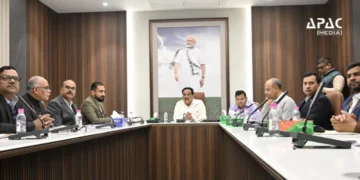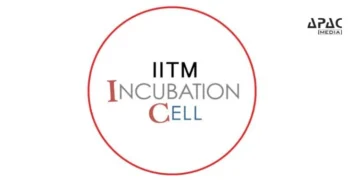New Delhi: The government is preparing a plan to merge Mumbai-headquartered public sector lenders, Union Bank of India and Bank of India, as part of its next phase of banking sector reforms, according to reports.
If the reported proposal is approved, the merger will create India’s second-largest state-run bank, second only to the State Bank of India (SBI). The move is part of a broader strategy to consolidate public sector banks (PSBs), enhance their financial strength and streamline overlapping operations to improve efficiency across the banking system.
Currently, Bank of Baroda is the country’s second-largest public sector bank, with total assets of Rs 18.62 trillion as of June 30, ranking fourth overall after SBI, HDFC Bank and ICICI Bank. A combined Union Bank of India–Bank of India entity would hold cumulative assets worth Rs 25.67 trillion, closely trailing ICICI Bank, which has an asset base of Rs 26.42 trillion, according to the report.
The Finance Ministry is also evaluating a potential merger between Indian Overseas Bank (IOB) and Indian Bank, both headquartered in Chennai. Additionally, Punjab & Sind Bank and Bank of Maharashtra, which have relatively smaller balance sheets, are being considered for privatisation at a later stage, according to the report.
The proposed mergers are part of the government’s long-term goal to create fewer but stronger PSBs capable of supporting the next phase of credit expansion and financial reforms.
Between 2017 and 2020, the government had consolidated 10 PSBs into four large entities, reducing the number of state-owned banks from 27 to 12. That phase saw Oriental Bank of Commerce and United Bank of India merge with Punjab National Bank, while Syndicate Bank was integrated with Canara Bank, steps aimed at building globally competitive, well-capitalised institutions.



































































Discussion about this post